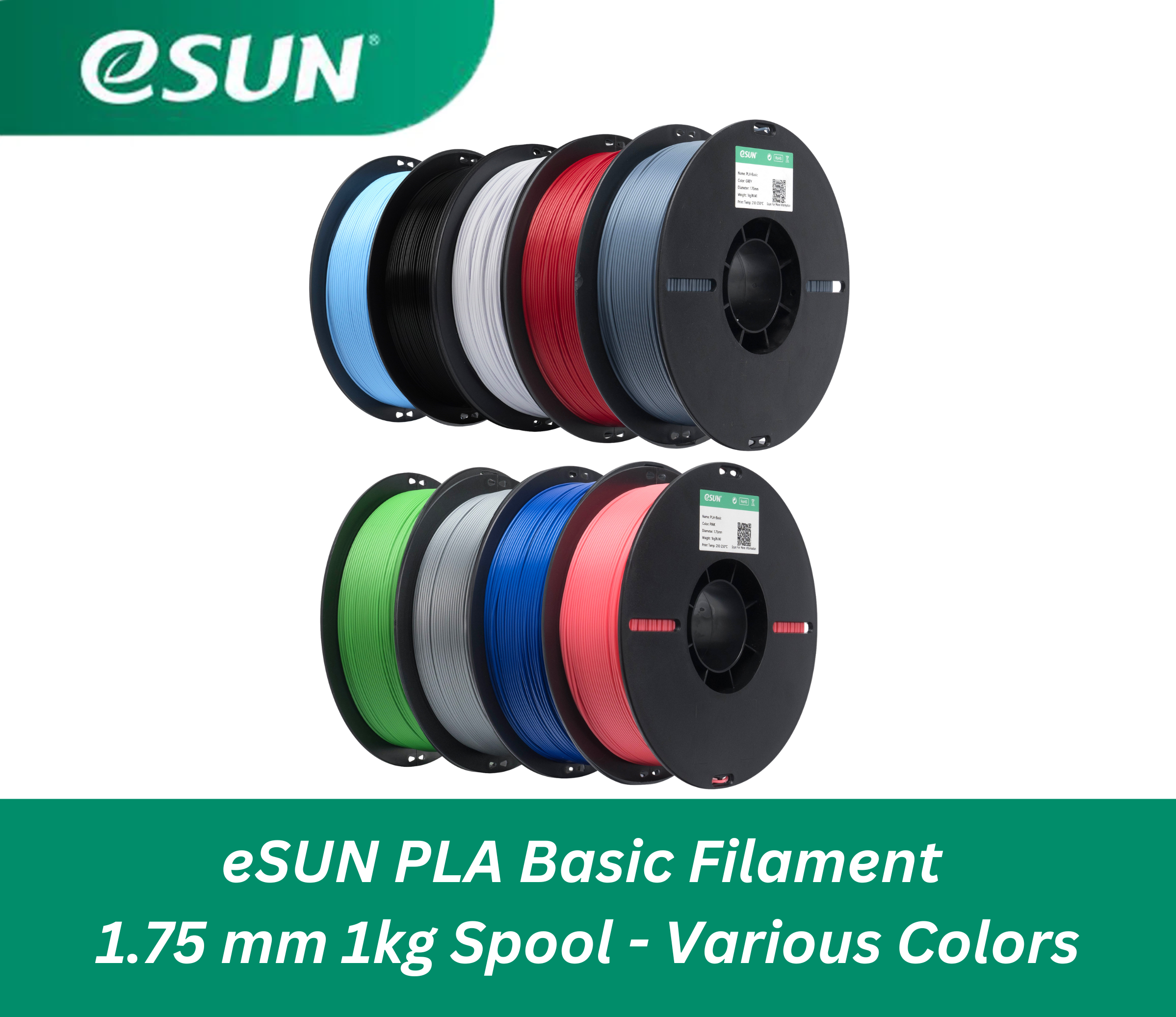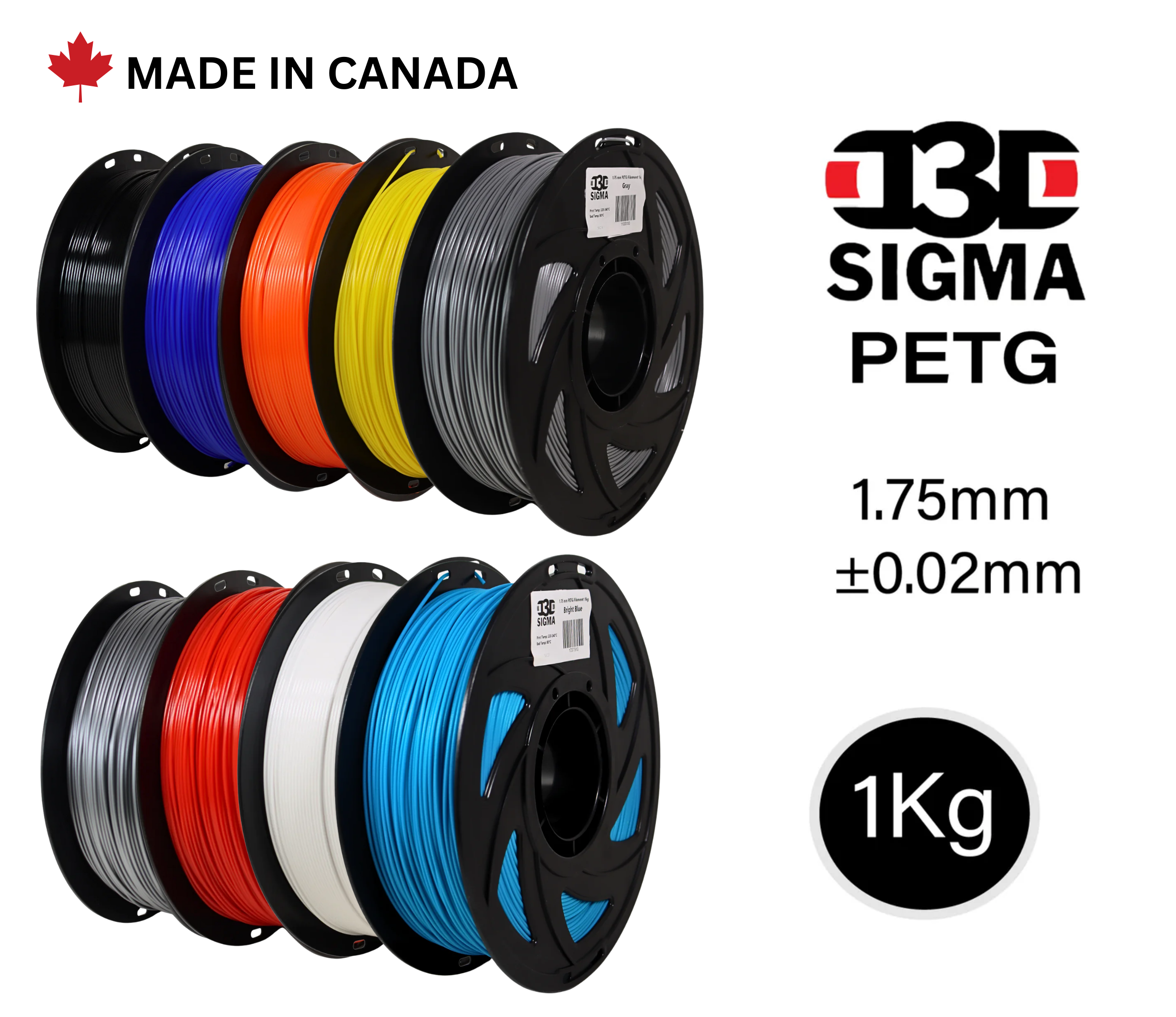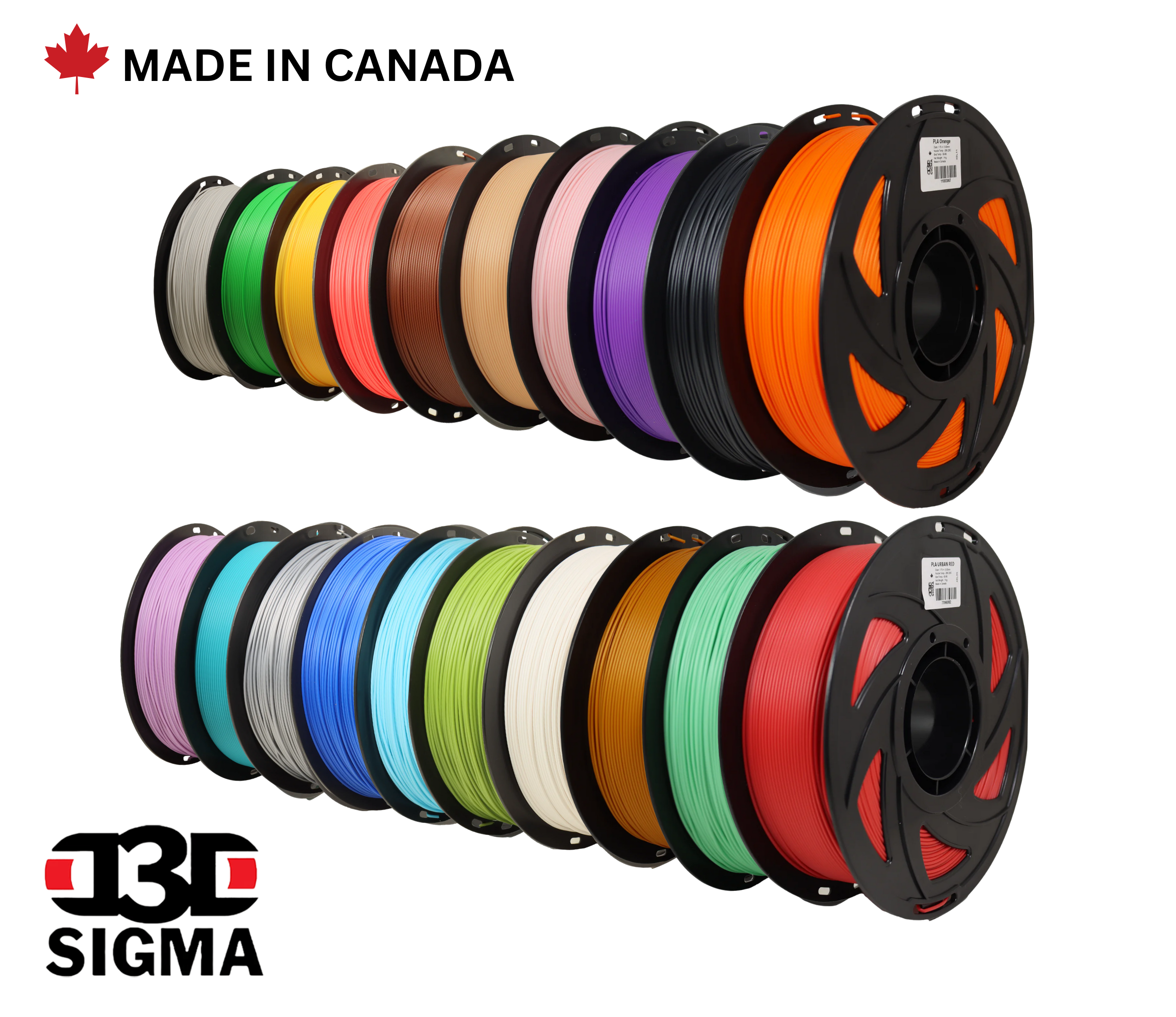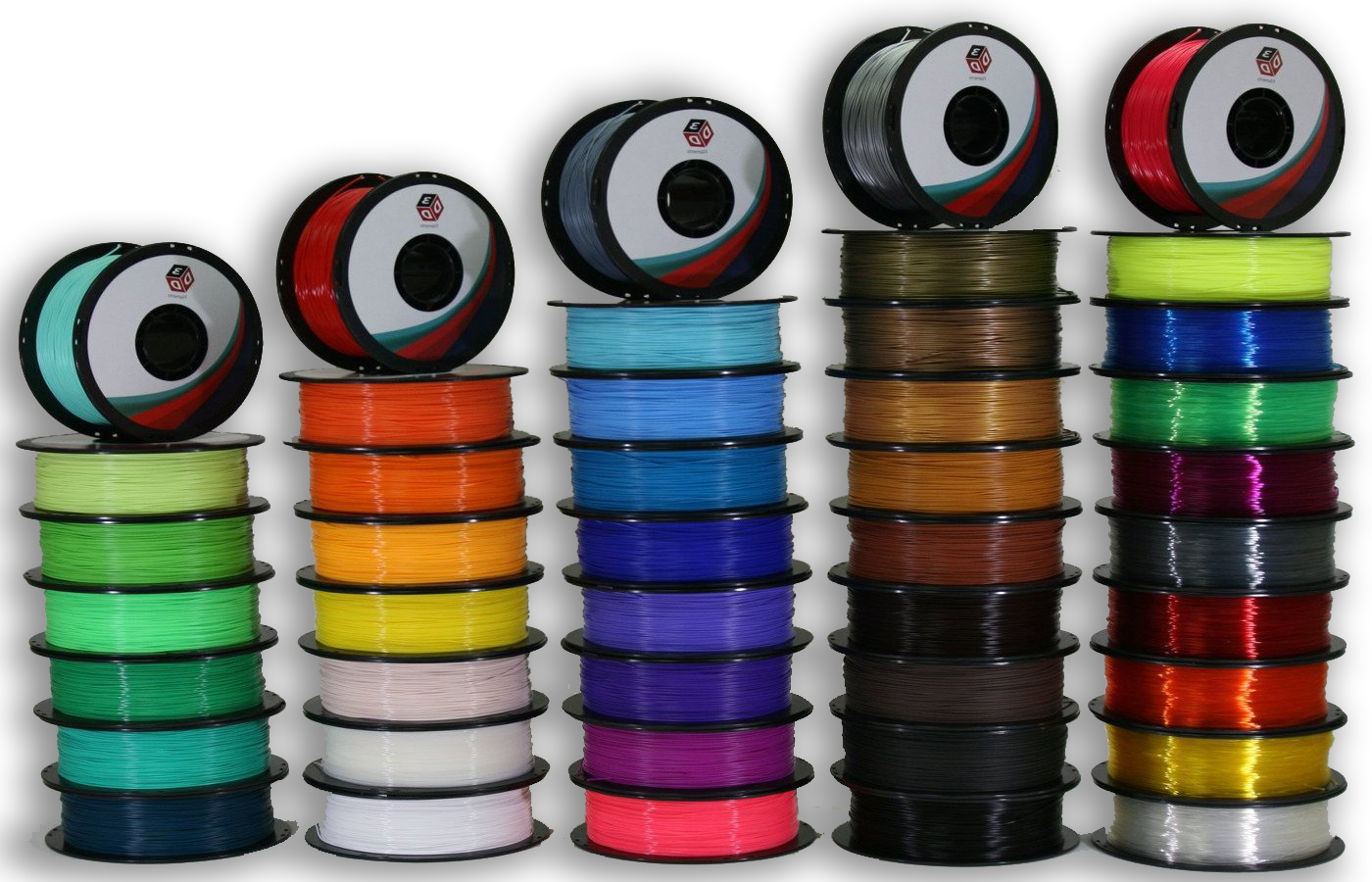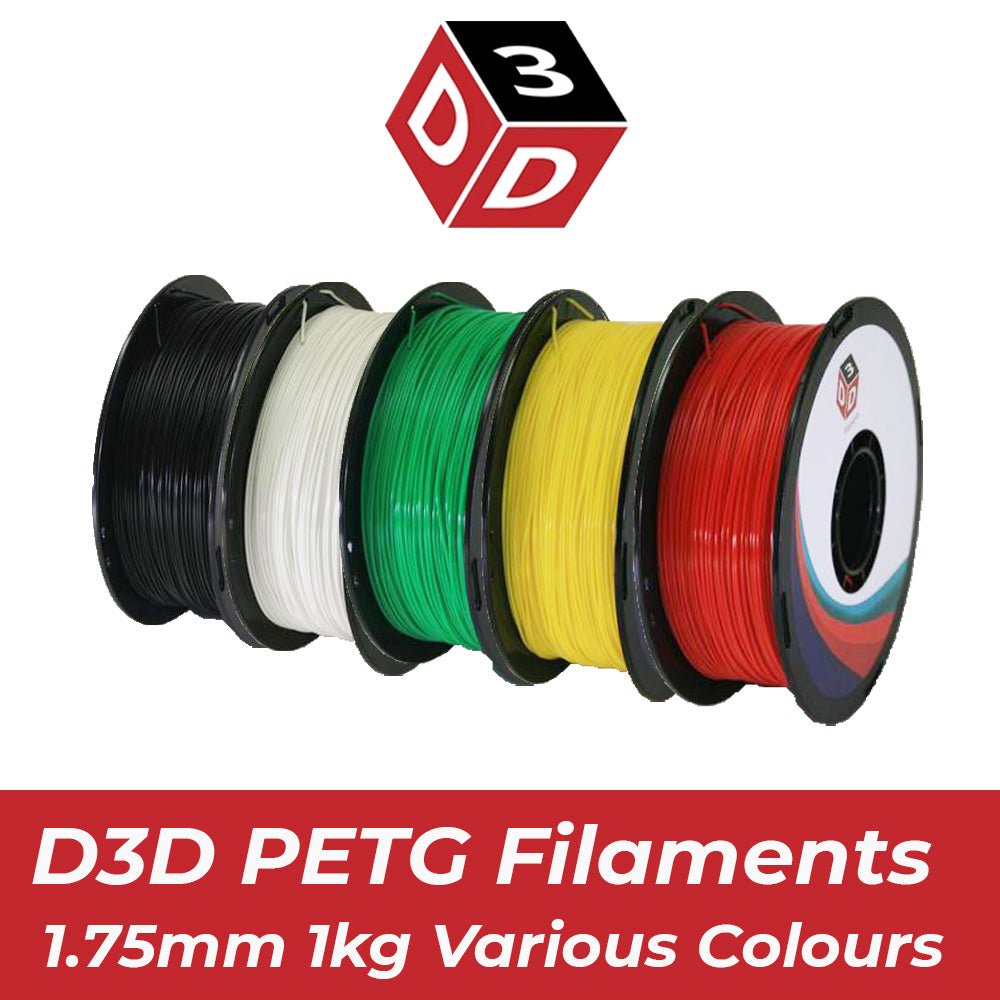The 3D printing industry has come a long way since its inception. With the advent of new materials, it has become possible to print objects with diverse properties, including elasticity and flexibility. One such material is TPU (Thermoplastic Polyurethane), a flexible, rubber-like material that is widely used in various applications. TPU is a perfect material for 3D printing, as it combines flexibility with durability and can be used to create complex shapes that are not possible with other materials.
Advantages of 3D Printing with TPU
-
Flexibility and Elasticity: TPU is an excellent material for 3D printing, as it provides flexibility and elasticity to the printed object. This flexibility is useful in creating objects that require shock absorption or compression, such as phone cases, watch bands, and shoe soles.
-
Durability: TPU is a durable material that can withstand wear and tear, making it ideal for creating functional parts such as hinges, seals, and gaskets.
-
Versatility: TPU is a versatile material that can be used to create a wide range of objects, from functional parts to artistic sculptures.
-
Compatibility with FDM printers: TPU is compatible with FDM (Fused Deposition Modeling) printers, making it accessible to a broad audience of 3D printing enthusiasts.
-
Easy to print: TPU is relatively easy to print compared to other flexible materials, and it does not require a heated build plate, which makes it easier to work with.
Limitations of 3D Printing with TPU
-
Difficult to print: Despite being easier to print than other flexible materials, TPU can still be challenging to work with. It is prone to warping and stringing, and the extruder needs to be calibrated precisely to avoid clogging.
-
Limited precision: TPU has limited precision, which means that it is challenging to print small and intricate details accurately.
-
Limited color options: TPU is available in limited color options, making it difficult to create multicolor objects without painting or post-processing.
Tips for Printing with TPU
-
Use a direct drive extruder: TPU requires a direct drive extruder, as it is too flexible to be printed using a Bowden extruder.
-
Slow down the print speed: TPU requires a slower print speed than other materials, to avoid warping and stringing.
-
Adjust the retraction settings: Retraction settings need to be adjusted carefully to prevent the material from getting stuck in the extruder.
-
Use a high-quality filament: TPU quality can vary widely, so it is essential to use high-quality filament to ensure a successful print.
Conclusion
TPU is a versatile and flexible material that provides numerous benefits for 3D printing. While it has some limitations, it is still an excellent material for creating functional parts and artistic sculptures. Printing with TPU requires patience, practice, and the right equipment, but with the right techniques, it can yield impressive results. As 3D printing technology continues to evolve, we can expect to see more innovations in TPU materials and printing techniques.

